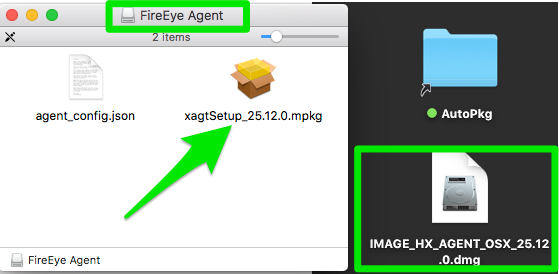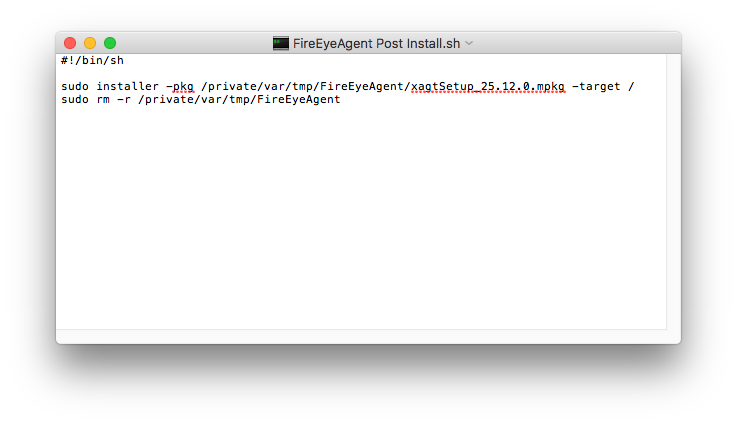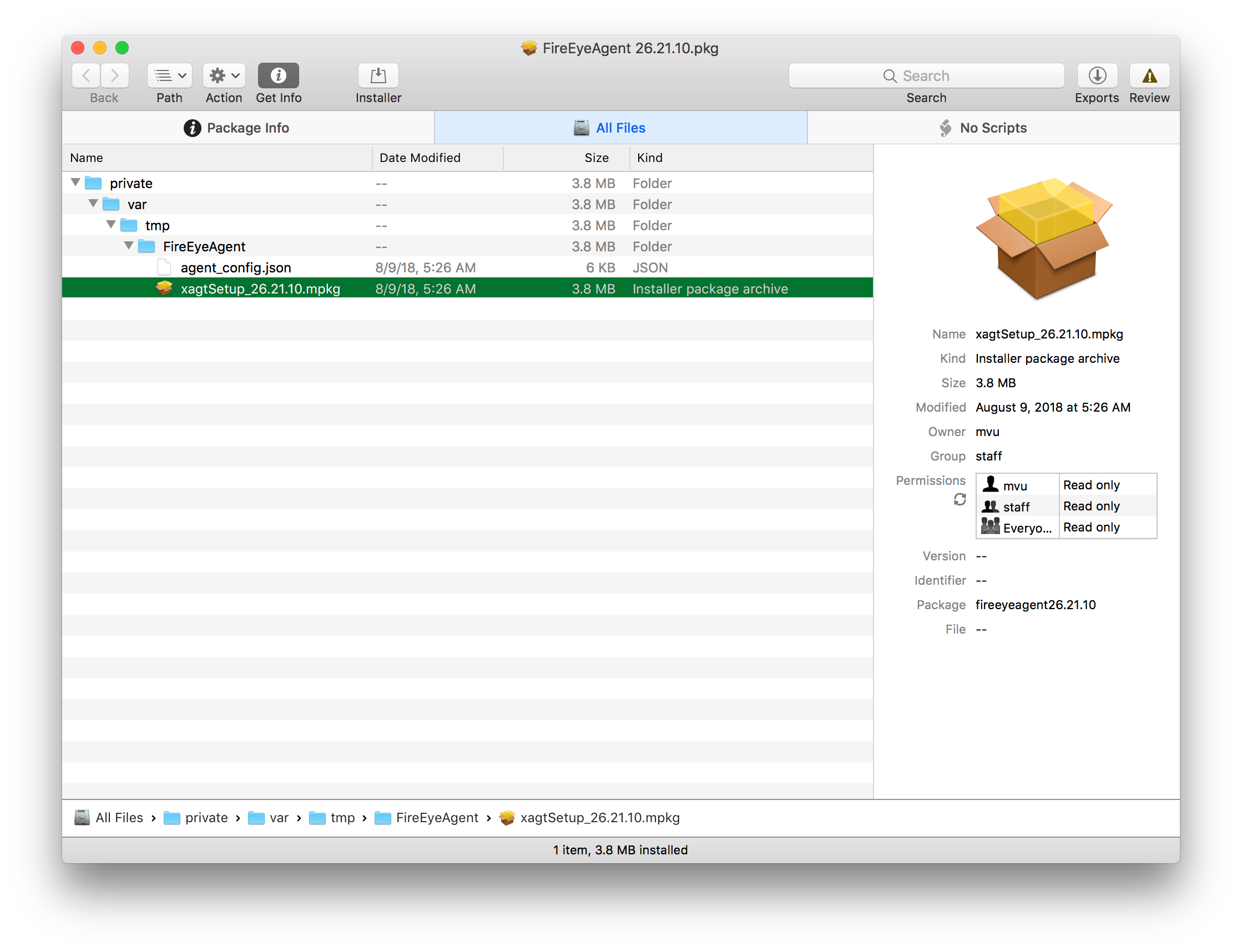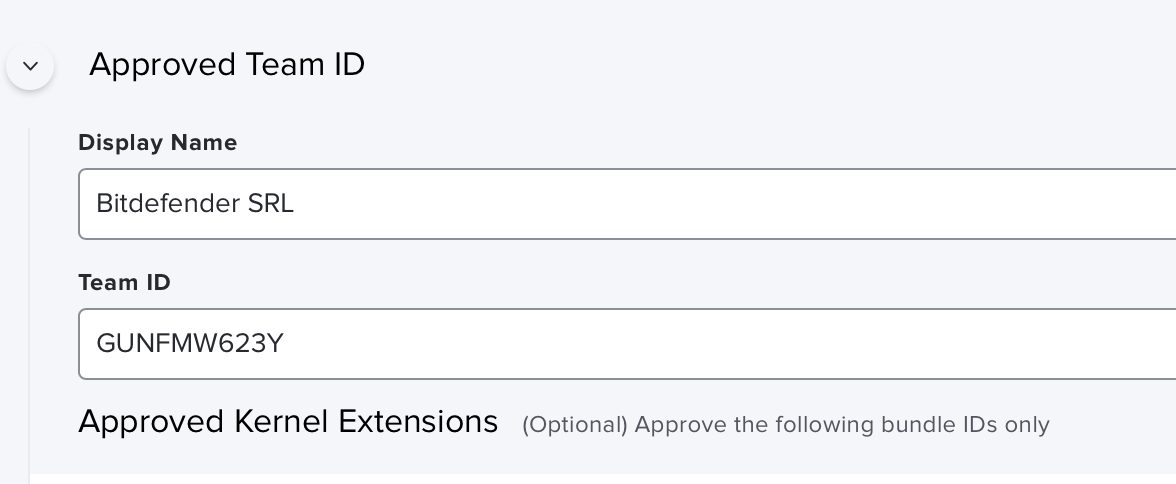Hello,
I need help with scripting an installation. Forgive me for my lack of skills in the area.
I was given an agent to install. The package and config. file is within the .dmg file. When I try to extract the package to push (ARD or Casper) it fails. The negative package is just a preflight and postflight script.
How would you install this leveraging Jamf Pro? Could I get help with scripting this?
My thought was to:
• Copy the .dmg file to a tmp folder
• Open the .dmg
• Install the package within the .dmg
• eject the FireEye Agent installer
• delete .dmg file
I saw this link too, but still need help:
Jamf Post













